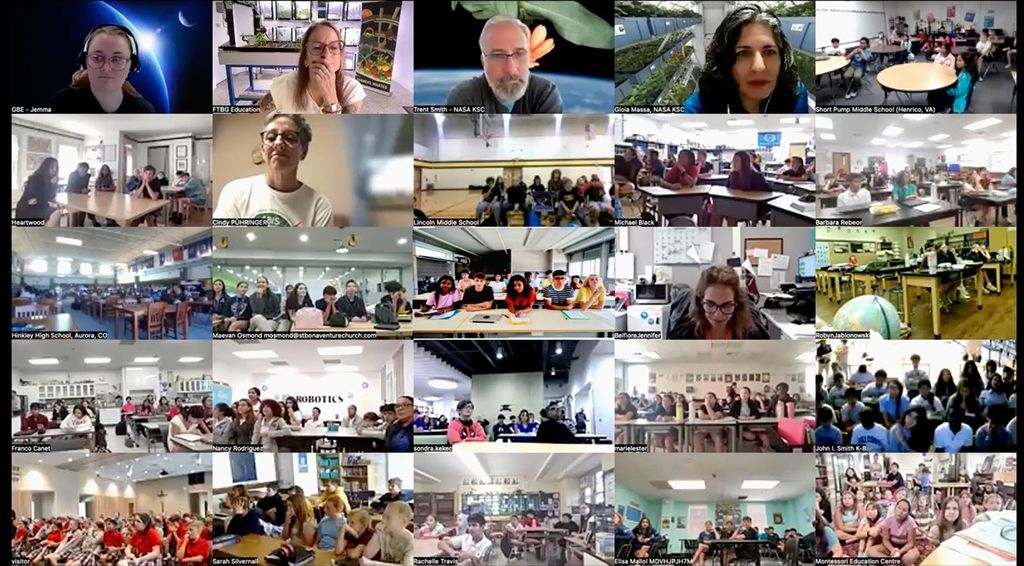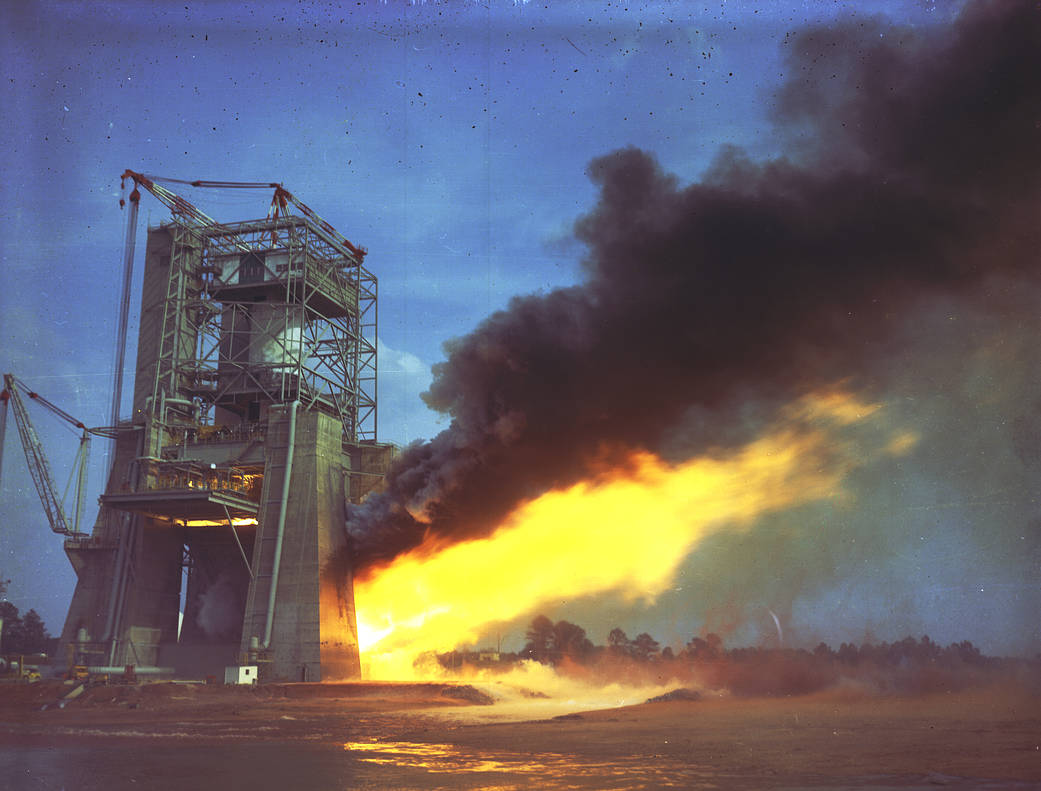This week in 1966, NASA’s Marshall Space Flight Center technicians acceptance-fired the S-IC-3, or first stage of the Saturn rocket, for 121.7 seconds. This was the last planned firing of the S-IC at Marshall. The S-IC was powered by five F-1 engines, each producing 1.5 million pounds of thrust. Here, an F-1 engine is test fired at Marshall’s S-IC Static Test Stand. From October 2018 through December 2022, NASA will mark the 50th anniversary of the Apollo Program that landed a dozen astronauts on the Moon between July 1969 and December 1972, and the first U.S. crewed mission — Apollo 8 — that circumnavigated the Moon in December 1968. Today, Marshall is developing NASA’s Space Launch System, the most powerful rocket ever built, capable of sending astronauts to the Moon, Mars and deeper into space than ever before. The NASA History Program is responsible for generating, disseminating, and preserving NASA’s remarkable history and providing a comprehensive understanding of the institutional, cultural, social, political, economic, technological and scientific aspects of NASA’s activities in aeronautics and space. For more pictures like this one and to connect to NASA’s history, visit the Marshall History Program’s webpage. (NASA)
1 min read





























